Many people dream of leaving behind their frustrating 9-5 jobs and entering the eCommerce sphere. However, a good percent of them never do. This happens for many reasons ranging from inadequate finance, time, space to store and deliver products to customers, etc.
Starting up an eCommerce business is an excellent decision for anyone. However, it can cost a lot to begin. If all these seem familiar to you, then dropshipping might be the answer.
Dropshipping business model helps to get rid of all the stress that comes with creating an online store. All you require is a website and the appropriate Shopify app to start your dream business effectively.
You can reach customers from any part of the world from the comfort of your home. This is a significant benefit in today’s world, especially with the global pandemic and lockdown.
This article will tell you all you need to know to start a Shopify dropshipping business today. But first, let us examine what dropshipping means in more detail.Lorem ipsum dolor sit amet, consectetur adipiscing elit. Ut elit tellus, luctus nec ullamcorper mattis, pulvinar dapibus leo.
Dropshipping: What Does It Mean?
To start a business of dropshipping, you need to understand what it means. Dropshipping helps eradicate all the typical stress that comes with eCommerce.
For instance, you don’t need to open a brick and mortar store. You don’t need to stock products, send products to customers, and neither require a warehouse.

You act like a middle man who links customers with the final products. And the best part is that you earn money for doing this. This means you don’t have to touch the product and only pay for the products you sell.
You only need an online website, and a supplier with the products and a warehouse to achieve this. Sometimes you will get products from popular eCommerce platforms like Alibaba or AliExpress. On the other hand, sometimes, you may buy from other close and reliable dropshipping suppliers or companies.
Ensuring you go with the appropriate supplier is crucial. This can have a significant influence on how successful your business becomes. The right supplier will have the quality products you need, and make sure your customers are happy. You don’t want a supplier who delays the delivery of products, leaving you with angry customers.
So, where does Shopify come into all of this? Let us find out how to dropship on Shopify below.
What Is Shopify?
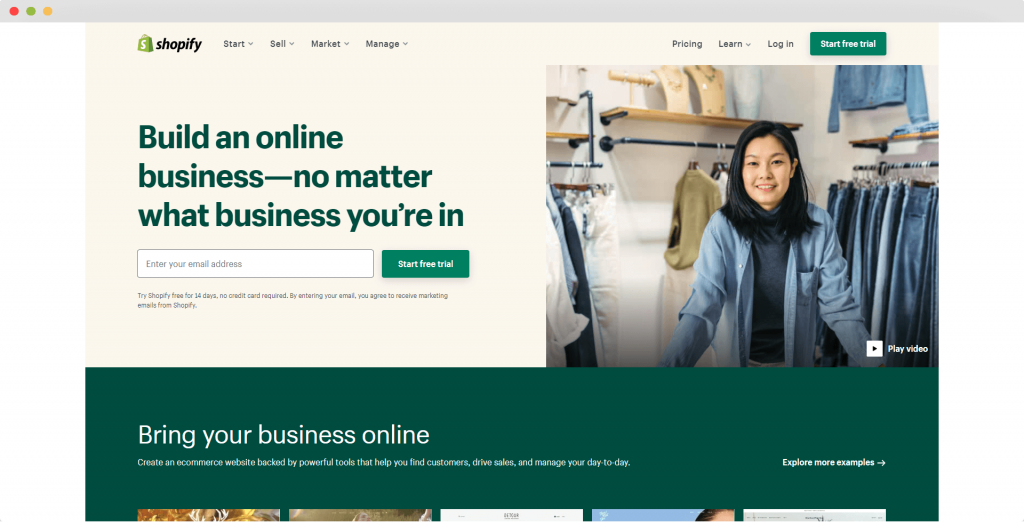
Shopify is a platform that allows you to begin your online store, where you can sell products and receive payments. It is easy to use even as a first-timer, and it also offers extensive tutorials and support to help you.
Shopify is a fantastic place to begin if you want to start a business online and don’t have the experience.
Besides the above, there are many reasons to use Shopify, which leads to:
Why Dropship on Shopify?
It Works Seamlessly with Dropshipping
Shopify supports the dropshipping model and offers many ways for it to work on the platform. This can help simplify things when you decide to delve into eCommerce.
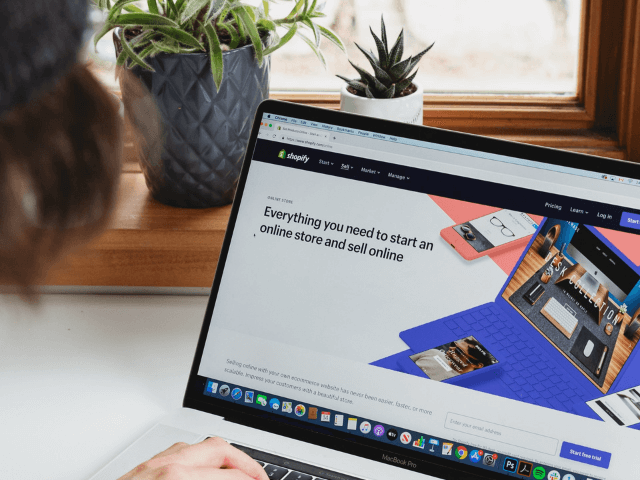
Tons of Design Features
You want an online store that your prospective clients find appealing, and Shopify allows this. There are tons of easy to use features that can transform your eCommerce store into a reality.
It offers an online store builder that you can use to design your store and get everything in place. If you want to save costs, there are free design templates to use. But if you don’t mind investing in your online store, Shopify offers paid design templates at an affordable price.
There is also a range of other features that help simplify other crucial aspects of your store. For instance, it allows you to register more than one user for an account. This is extremely important if you work with a team and need everyone to manage things from their locations.
It Is Easy to Use
The Shopify platform is very user-friendly, and anyone can use it with ease. It does all of these without compromising the features it provides. There are tutorials available if you run into a hitch, and they are easy for anyone to read and understand.
What Can You Sell on Shopify?
You can sell anything legal on Shopify. This could either be digital products and services or physical ones. But because of the vast options available, it is crucial to choose your niche first.
Choosing a niche will make it easier to streamline your focus to a single range of products. It can also make it easy for you to promote your products and place you as an expert in that niche. This means people come to you first whenever they want a product like what you sell. This can help improve your reputation, increase trust with customers, and help improve sales.
Choosing a Niche
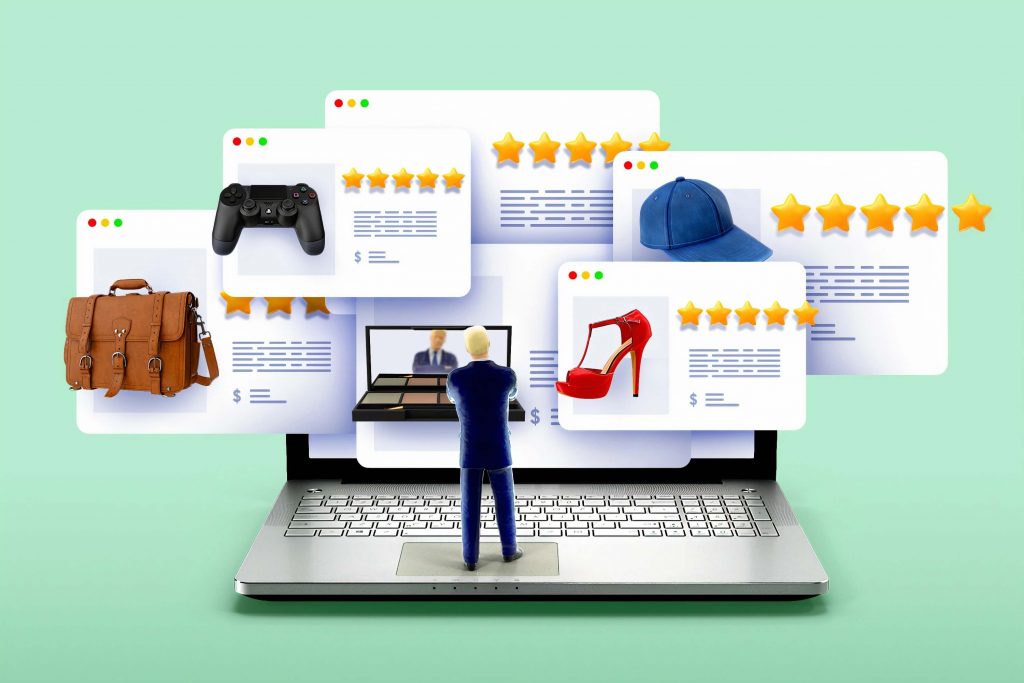
When choosing a niche, it can be tempting to go with one where there is high demand. This is not wrong, but it should not be your sole focus. Instead, go with a niche you have a passion for, as this will give you the drive to keep going. If you have no passion, it is harder to keep up, especially when there is a slight drop in sales.
Also, you need to pick a niche with demand so that you can be sure of profit. Doing some keyword research and checking out product trends can help you choose a profitable niche. Ensure it is a niche that you can sustain and hold your interest for a long time. If you fail to do this, you might have a difficult time succeeding.
For instance, if you love video games, you can choose to sell video games and accessories. If you love working out, how about specific fitness products?
If you love phones, sticking to a specific brand can help. The choices are limitless, but you must make sure it falls within your passion.
After choosing your niche, you can go on to set up your online store on Shopify. Let us examine how to dropship on Shopify by setting up your store below.
Setting up Your Shopify Dropshipping Store
To begin selling on Shopify, you need to set up your online store. This p will teach you everything you need to do this. However, before going any further, let us examine the pricing plans on the platform.
Shopify Pricing
Shopify offers three flexible pricing plans, all of which ensure businesses of various sizes can benefit. The plans come with unlimited product uploads and file storage, and 24/7 online/phone support.
All plans don’t come with initial setup fees and allow you to add templates and apps from the Shopify store. When choosing apps, you can either go with free or paid options.
Shopify plans come in the following categories.
- Shopify Basic at $29 monthly, and 2.9% + 30¢ for every online transaction
- The main Shopify plan at $79 monthly, and 2.6% + 30¢ for every online transaction
- Advanced Shopify plan at $299 monthly, and 2.4% + 30¢ for every online transaction.

After getting familiar with the plans, you can then follow the process below to set up your store.
Step 1: Sign up
Shopify offers a free trial of 14 days, and you should use it first. This will help you determine if it is the right platform for you before you spend any money. You can find this option on the main homepage of the website.
Head towards the menu bar, and click on the free trial button. Then, add your email, password, and desired store name. Any name you go with will become a part of your store’s URL.
Therefore, you will want to choose something that is not complicated, like Marco.myshopify.com.
If you use too many words like say, Marco Angel Black, your store name would be Marco-Angel-Black.myshopify.com. This can make your store harder to find, so you need to choose something simple that prospective customers can remember.
After you create your Shopify account, you will need to include the following:
- Your name
- Address
- Phone number
- What you want to sell
Once you are through with these, a pop-up redirects you to the admin dashboard. Here, you will need to start creating your store, starting with your design.
Step 2: Change your Design
Next, add a custom design to your Shopify store. This is not a compulsory step, but some benefits come with having an appealing store. It is a great way to create a brand and give personality to your store. This will also ensure clients keep coming back for more.
To add a theme, you can choose one from the Shopify theme store, which offers many options. There are free and paid options available, so go with one that falls within your budget.
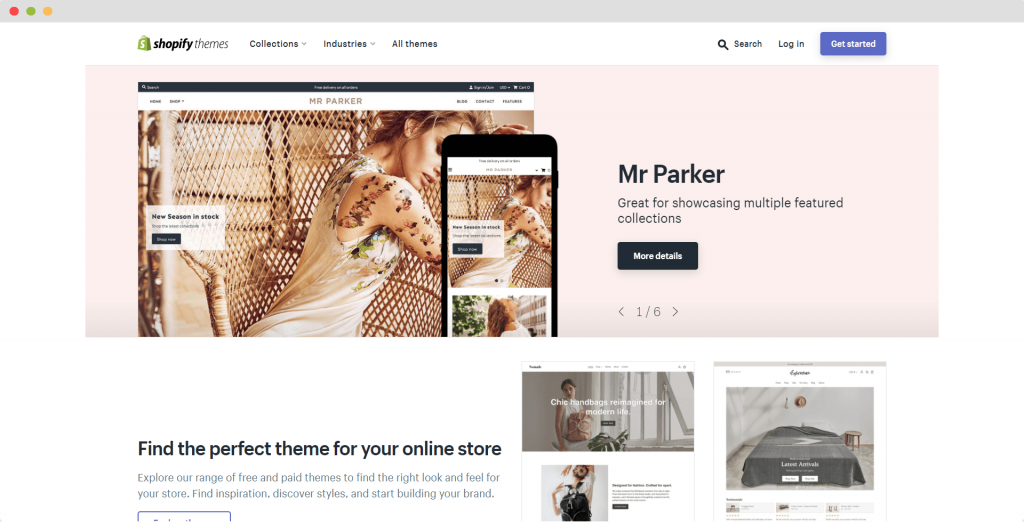
You can further personalize things by editing your theme. Shopify allows you to do this with the template editor or theme settings.
When you are through, ensure you check it out on both desktop and mobile devices. Sometimes, a theme may be fine on a PC but might look different on a mobile device.
So, before going any further, make sure everything is as it should be before you go ahead.
Step 3: Create your Domain Name
As you know, Shopify gives you a default store name as the example above Black.myshopify.com. However, you can link it to a domain if you have one, or purchase a custom domain.
Shopify lets you choose a subdomain or root domain, which will act as your Shopify’s store primary domain. But you can’t select more than one primary domain.
If you would prefer a custom name, it is possible to do so. Check out all the documentation and dates you will need to do this on the Shopify online manual.
If you don’t have a domain and want to purchase one, you can get on Bluehost or GoDaddy. These are popular platforms that deal with the sales of domain names.
However, it would help if you made sure any domain name you choose has these features:
- Short and easy to remember
- Easy to spell
- Has keywords that have to do with your products
Step 4: Add Your Products
After completing the steps above, it is now time to add your products. This will need your focus because mistakes will prevent you from converting customers and making sales.
Navigate to the Shopify admin panel and choose products you want to sell. There are a few choices available in this category which are:
- Manually Add products
This may be a great choice if you have a few products to sell. Here, you will include the product’s details manually, like the name, description, size, etc. You will also have to upload the product images yourself with this option.
However, if you have many products, this might not be an ideal option as it may take up too much time.
- Use a CSV file to Import Products.
This is ideal for uploading numerous products simultaneously. Head to the Shopify admin to upload your CSV file. However, note that there is a size limit of 15mb for CSV files.
- Use Dropshipping Apps
This is the simplest solution available. Many applications enable seamless integration that helps you find and add products directly to your Shopify store. This saves you resources that you channel to other areas of your store. Some of the most popular optionervice-shopify-integration/s include Oberlo, Printify, Spocket, and CJDropshipping.
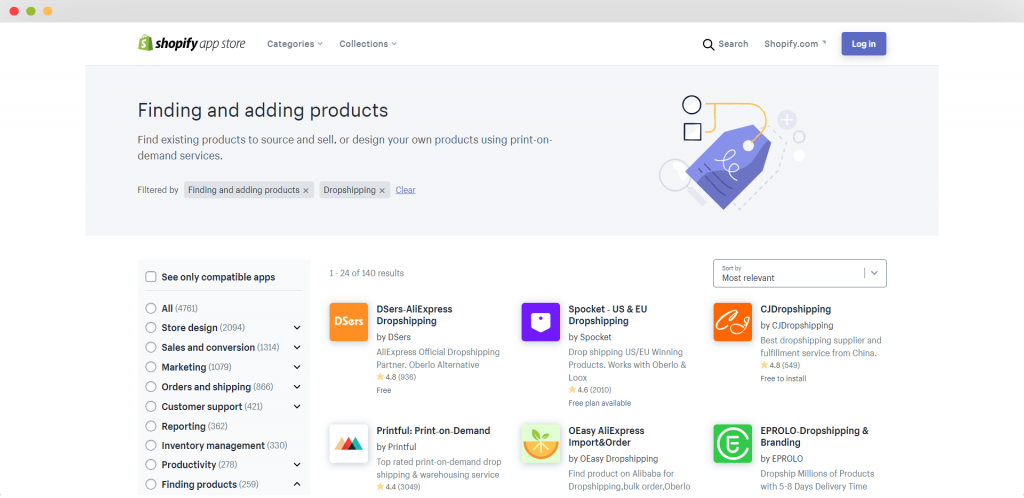
When you make a sale, these apps can also handle the process of order and fulfillment. They also come with numerous customization features, making it easy to edit images, product names, and descriptions.
These apps come with various price packages, so do your research and choose one that suits your budget.
Step 5: Choose Apps to Promote Your Store
Promoting your store is very important as it helps you get to more customers. Many Shopify apps can help you achieve this and improve your store’s functionality. They will also ensure you sell and grow at a faster rate.
There are free and paid apps that cover reporting, sales, analytics, marketing, etc. All you need to do is pick an option that meets all your requirements.
Step 6: Increase Your Rates
Setting up your payment, tax, and shipping rates is essential. First, you need to add your shipping costs and taxes to each item. Shopify will also be aware of the inclusion of these rates in your prices.
Now, you need to create payment options. Shopify payments allow the receipt of payment through credit cards and other popular payment methods.

You can also find support from several payment providers, including:
- PayPal
- Amazon Pay
- Google Pay
If you need more information on other payment options, visit the Shopify FAQ page to learn more.
Step 7: Provide Public Access on Your Store
The steps you’ve implemented to this point were to prepare you for this – opening your store to the public. Before taking this bold step, you must perform a thorough test of your store. This will help prevent customers from making complaints once you open the store.
Before providing public access, the store will be under a password lock. This will prevent access to the store until you’re ready.
Once you complete the setup and open your store, you need to look for ways to promote the store.
Final Thoughts: Are You Set for Dropshipping?
The dropshipping model’s unique feature is that you delegate a part of the process to another party. You can let this party handle sending out orders while you take the receipt of payment. There are several benefits to this model.
One of these is that you create more time for other purposes, such as developing your website. You can implement new things such as deals and pop-ups and assess how it improves customers’ time on the site.
You can also try other strategies like email marketing, which can be difficult if you have to handle order fulfillment while tracking shipping times on your own.
An excellent dropshipping business comes from a successful website. Here, a successful website refers to one that is visible on search engines.
With the time you create by delegating tasks, you can track and improve your website’s organic ranking. This involves optimizing your keywords, and so on.
Forming a relationship with an excellent dropshipping agent eases the burden of running an online business. They assist in the more difficult part while giving you time to focus on other areas where you have a better handle.
